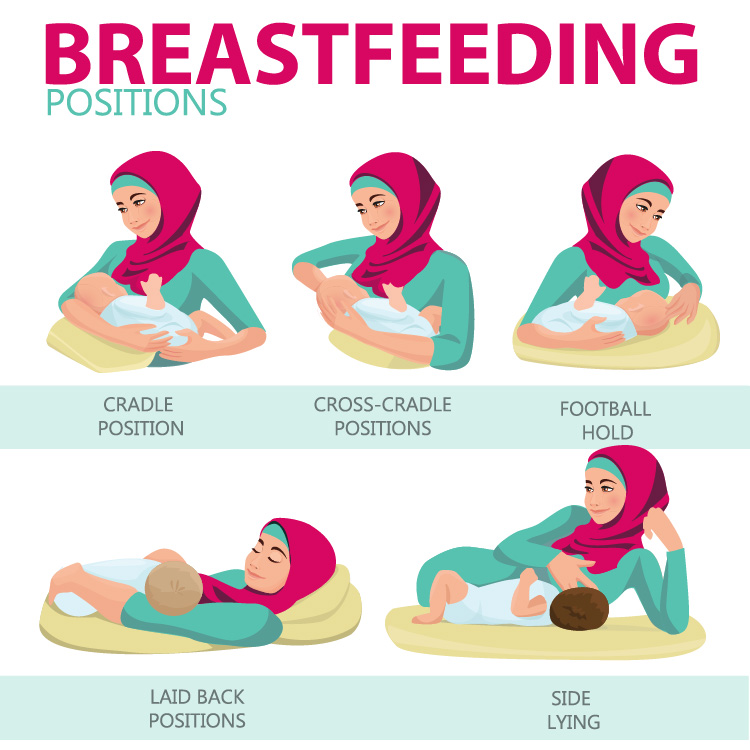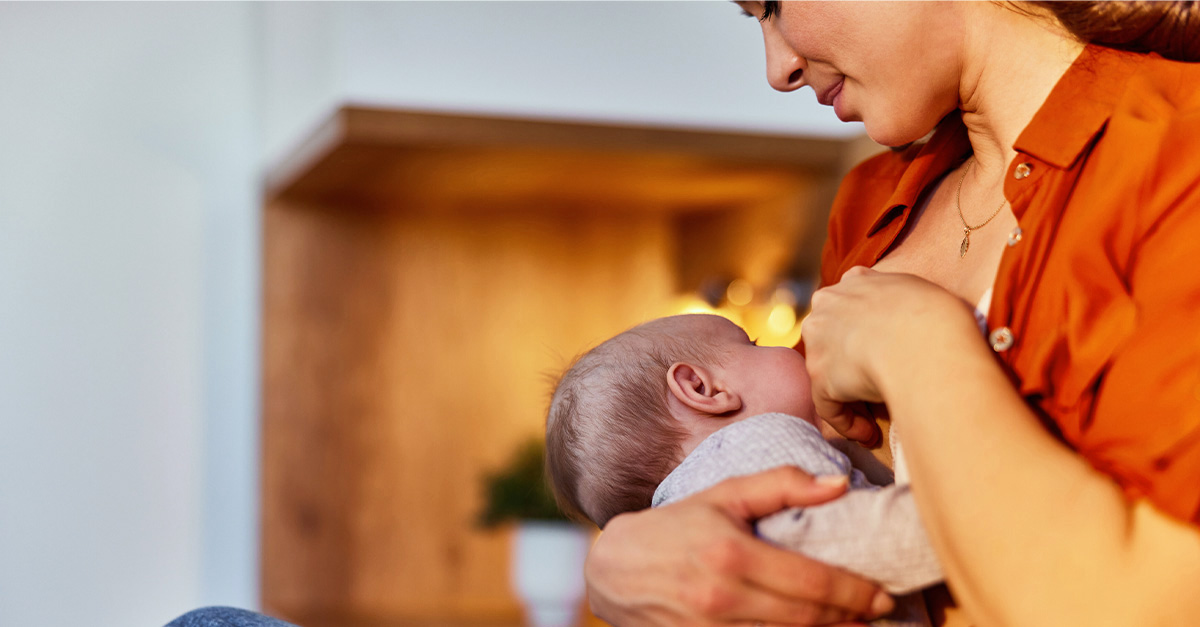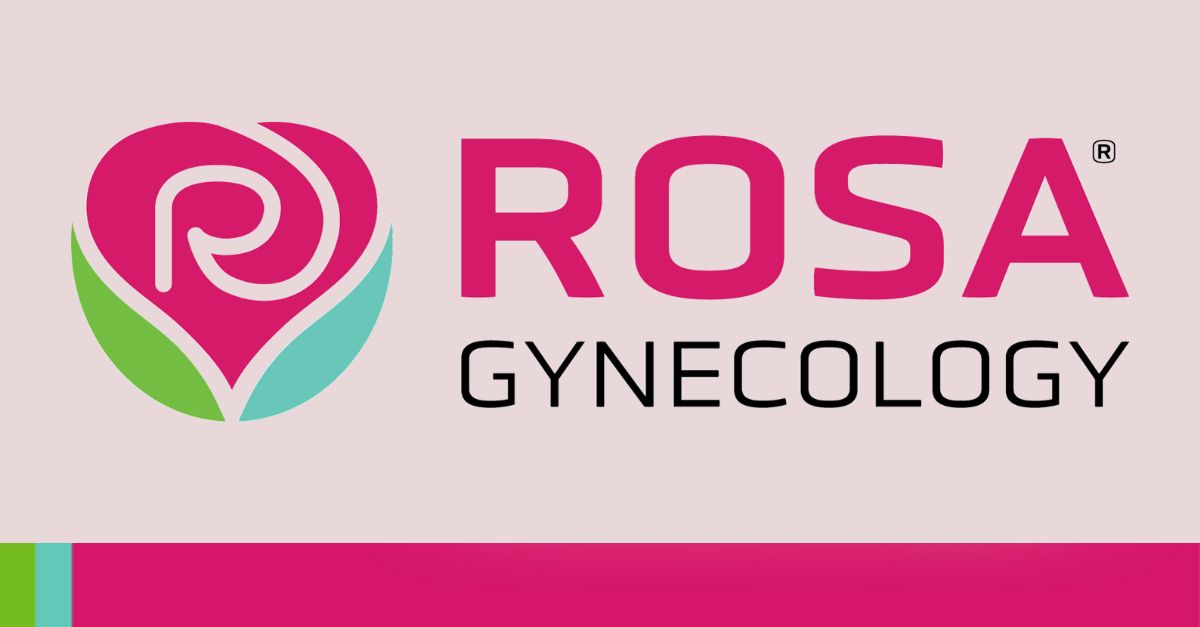For anyone who’s never done it, breastfeeding might seem as if it should come easily from the start. In reality, it’s more like a dance: although you and your little partner know what to do, it takes time to establish a rhythm together.
Just as there are many types of dances, there are also different ways to breastfeed. Try the following breastfeeding positions for newborns to see what works best for you both.

Cradle
Perhaps the most beginner-friendly breastfeeding position for newborns, the cradle setup feels familiar because it builds on the basic cradling hold you were taught at the hospital. To feed in this position, sit upright and position your baby with their head in the crook of your arm, keeping your hand against their back for support. Use your other hand to support your breast.
You can also try cross-cradling by using your opposite arm to support your baby, and using the arm on the same side as your breast to bring your nipple to your baby’s mouth. This may give you more control as you help your baby establish a latch.
Football
The football hold is useful if you’ve had a C-section and want to keep tiny, kicking feet far from your incision. It can also help if you have a forceful letdown, as your baby may be able to handle the flow of milk more easily from this position.
To set up, support your baby’s head and neck in your hand and arm on the side of your body you’re feeding from, as if you were holding a football. Prop your arm with stacked pillows. Position your baby up towards your breast and use your other hand to hold your breast.
Upright
Aside from leaning forward (which can accelerate milk flow) or leaving your baby unsupported, there aren’t necessarily any wrong breastfeeding positions. Newborns may struggle to keep up in certain positions if you have a forceful letdown, however. If that’s the case, upright breastfeeding positions can help. Also known as koala holds, upright positions start when you sit your baby on your thigh as you support their spine and head to feed sitting up. Upright feeding is also ideal for babies with acid reflux, as it can help alleviate symptoms.
Breastfeeding Positions in Bed
If you’re having a long night with a fussy newborn, breastfeeding positions in bed can be comfortable and convenient. Just be sure to stick to safe sleep practices: after feeding, infants should be returned to a firm sleep space alone, with no loose items, on their backs.
Laid-Back
This position is ideal for providing added skin-to-skin contact, which has a number of benefits for you and baby alike. It can regulate their heart rate and temperature, promote better breastfeeding outcomes, and trigger the release of feel-good hormones for you.
To start, recline against pillows and allow your baby to lie on top of you. Position them in a way that they don’t have to turn their head to feed, and support their feet with your body so they aren’t dangling.
Side-Lying
Try side-lying by starting belly-to-belly, using one arm to prop your head and the other to keep your baby close. Roll over when it’s time to switch to the other breast, or prop your newborn up using a pillow. If you’re having trouble seeing if your baby has latched, consider holding off on this position until your breastfeeding practice is more established.
Your body undergoes many changes postpartum, and caring for your own health is important to ensure you can care for your newborn. Whether you need more nursing consultation, advice on postpartum exercise or nutrition, or want help delaying your next pregnancy, our caring providers are here with expert consult. Schedule an appointment by calling 770-487-9604 or by using our online scheduler.




